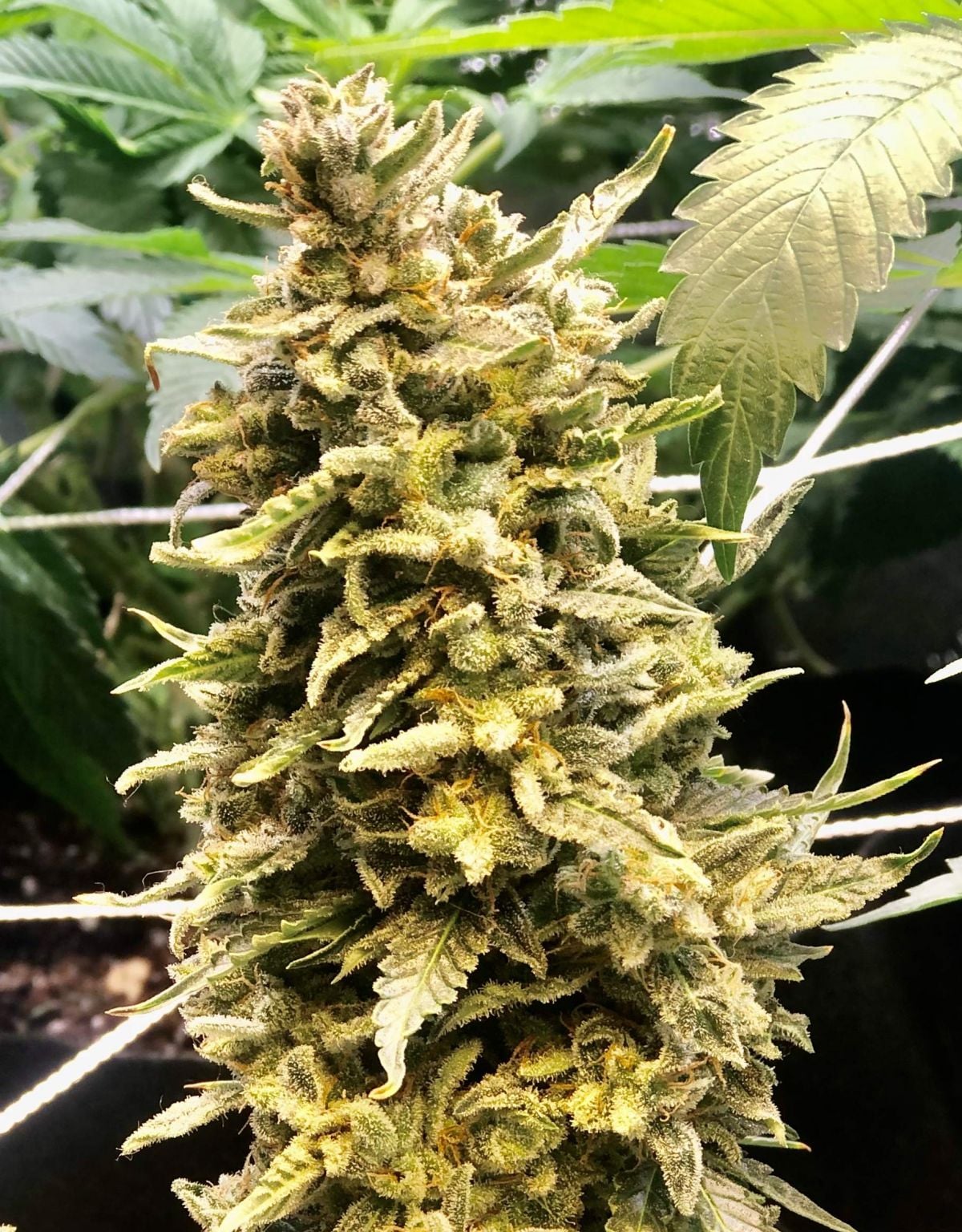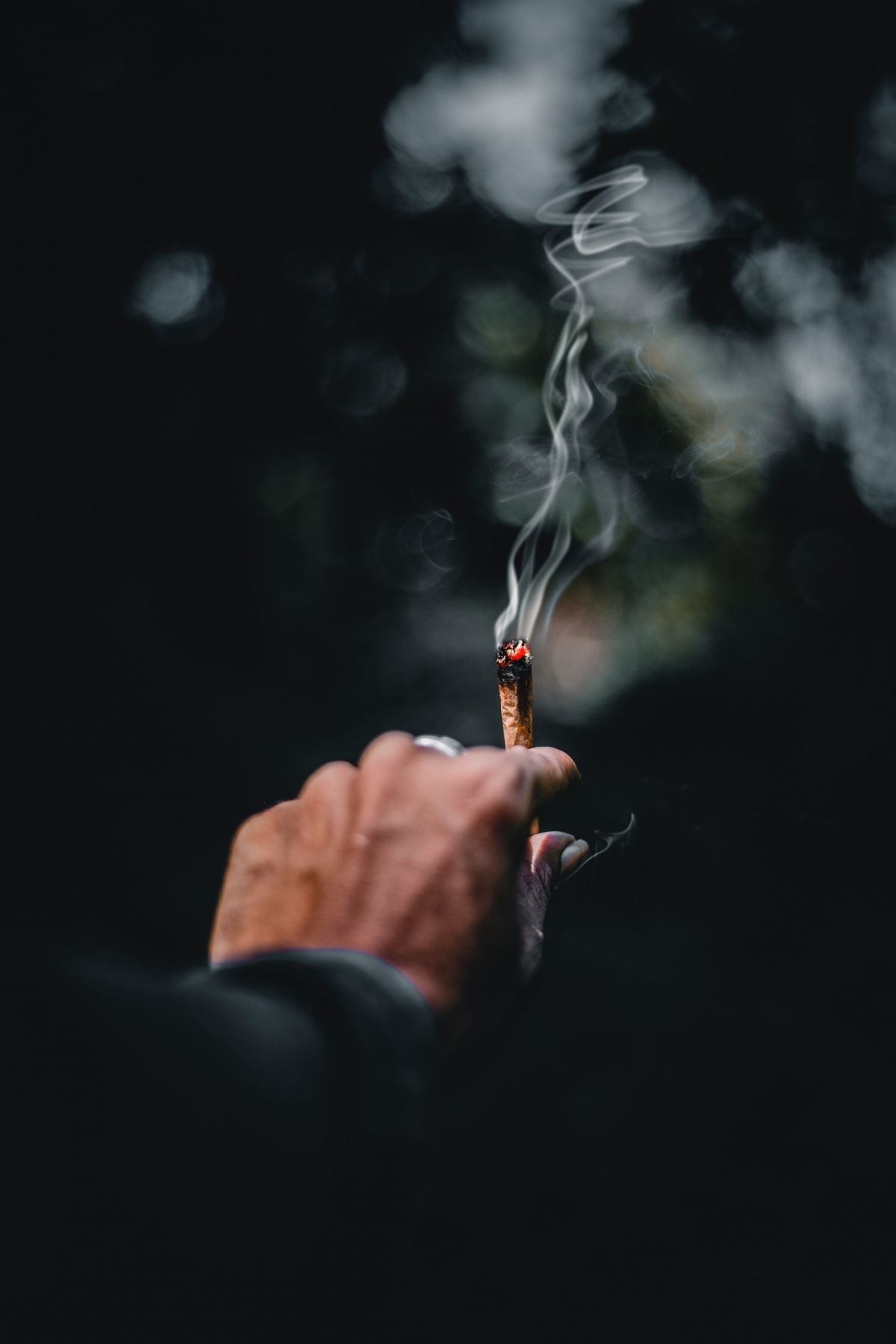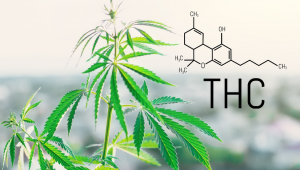What is Decarboxylation and Why is it Necessary?

- 1. What is decarboxylation?
- 2. Why is decarboxylation important?
- 3. How to decarboxylate cannabis
- 4. What to do with decarboxylated cannabis
Did you know that cannabis wouldn’t make you high if you consumed it raw? You’ve perhaps seen movies where someone smokes or consumes raw cannabis and they fall unconscious. Or something to that effect...Well, the reality is starkly different. Not only will you not be able to smoke raw cannabis, but it won’t produce any psychoactive effects either. In fact, you’d feel nothing. So, what makes cannabis potent and effective? Enter decarboxylation.
If you’ve ever wondered as to what is decarboxylation, this article will explain the basics.
What is decarboxylation?
Decarboxylation is nothing but applying heat to cannabis to activate THC. Tetrahydrocannabinol or THC is a cannabinoid present in the cannabis plant. It offers several medicinal benefits, but it also makes you high. For recreational users, smoking cannabis devoid of any psychoactive effects doesn’t sound like a lot of fun.
For instance, think of cannabis edibles. You apply heat to the buds using several methods and then mix it with your other ingredients. If you use raw cannabis, your cookies or cannabutter is just going to taste like grass at best. Even if you create a cannabis product meant for topical use, it has to be decarboxylated or it’s ineffective.
Having said that, decarboxylation doesn’t mean you randomly heat the buds. It has to be a perfect combination of heat at the right temperature and time. Just like you’d ruin your cookies by baking the batter longer than necessary, heating the buds at higher temperatures can also ruin the cannabinoids, terpenes, flavonoids and other elements present in the buds.
In fact, the process of decarboxylation starts as soon as the grower harvests the buds. This is why it’s important to dry the buds. But, what’s even more important is that the buds are cured properly. They shouldn’t be exposed to sunlight or heat in any form or THCA will begin converting to THC rapidly. By the time you use the buds, they will be devoid of their medicinal elements. Remember that decarboxylation is best when it's done slowly. Thus, protect the buds as much as you can before you need to use them.
When you decarboxylate cannabis incorrectly, you risk burning the buds. Plus, all the THC degrades to CBN that has no psychoactive effects whatsoever. For medicinal cannabis users, this is a disadvantage because you’d end up with inferior-quality medicine that doesn’t suit your purposes.
However, if you master the art of decarboxylation, THC will be activated and also offer all its medicinal benefits. Most importantly, THC will readily interact with the cannabinoid receptors present in our body.
Why is decarboxylation important?

THC is present in its acidic form in the cannabis plant. Its acidic form, also known as THCA has several benefits when you consume it. It has several anti-inflammatory properties too. However, unlike THC, it doesn’t produce psychoactive effects. THCA becomes THC only after it’s decarboxylated.
In fact, like THC, all the other cannabinoids (more than 100) present in cannabis have a carboxyl group (COOH) attached to them. They are present in their natural forms in raw flowers of the plant, especially the trichomes or mushroom-like structures you see on the buds. All the buds have high amounts of THCA present in them. The same applies to even concentrate. However, when you apply heat – like lighting a joint – you help convert the THCA into THC.
In other words, you can enjoy raw cannabis for its medicinal properties, but it doesn’t make you high if there’s no decarboxylation. Even non-cannabis users that are worried about the plant’s psychoactive properties can integrate raw cannabis into their diets.
Having said that, THC isn’t meant only for its psychoactive effects – it possesses medical benefits like every other cannabinoid. Moreover, THCA doesn't bind with the cannabinoid receptors present in our body. THC is adept at that.
But, what does this actually mean? When THC binds to the receptors, it helps the body achieve homeostasis or balance. This is a very critical function of the body since everything depends on balance. It also modulates the temperature of the body, which shouldn’t be too hot or cold. From pH to blood pressure, homeostasis regulates balance, and since cannabinoids like THC interact with the cannabinoid receptors they indirectly work as regulators.
How to decarboxylate cannabis
There are various ways through which you can decarboxylate cannabis:
1. Oven
Most people that make edibles at home will know how to decarboxylate cannabis. Simply break the buds with your fingers and spread them evenly on some parchment paper or baking sheet. Bake the buds at 230 F or 110 C for about an hour to maximum 90 minutes. A distinct aroma of fresh cannabis will fill your kitchen. Do not bake at higher temperatures or you’ll risk ruining the medicinal properties. Slowly, most of the THCA will convert to THC.
2. Time
When you harvest raw cannabis and cure them, the process of decarboxylation starts immediately. However, it’s not as fast as inducing heat. The longer the buds sit, the more THCA gets converted to THC.
3. Smoking

Rolling a joint and lighting it up is the quickest way to decarboxylate cannabis. The effects are instant as your salivary glands and lungs absorb the THC. A lot of heat is applied to the ground buds and THCA converts immediately to THC. However, a lot of THC is also lost in this process compared to the method of slowly decarboxylating cannabis in the oven.
4. Vaporizers
Perfect for medicinal users, using a desktop vaporizer is a good technique to decarboxylate marijuana. Compared to smoking, a lot less heat is applied to the buds and you will get to enjoy the bud’s medicinal properties instead of losing most of the THC due to high temperatures. Moreover, vaporizers do not use direct heat. They heat the chamber around the buds, and this indirect heat is good enough to decarboxylate the herb.
It’s also better than smoking because it doesn’t affect your lungs in any way. As the vaporizer works its way through the buds, all the THCA gets converted to THC slowly and you can vape the vapor without any side effects.
Vaporizer pens or vape pens also work similarly. Desktop vaporizers are powerful, but vape pens are also technologically well-advanced. You can either use oils or dry herb depending on the type of vape pen you use. With every single puff, the chamber around the herb or oil is heated and you can inhale the vapor as the THCA gets converted to THC.
5. Sunlight
Although this isn’t a very fast process, placing buds under bright sunlight will help to convert some of the THCA to THC.
What to do with decarboxylated cannabis
A lot of people assume that decarboxylated cannabis is meant only for edibles. However, that’s not true. From lotions to creams, you can use cannabis in several ways. Tinctures are your best bet to help with bruises and pain, so you can get creative and make anything that suits your preferences. It will also ensure that you get THC delivered straight into your body and work its magic.
Coming to edibles, there are scores of recipes on the internet. From infusing marijuana into caramel puddings to baking delicious cookies, there are loads of things you could do!











Comments